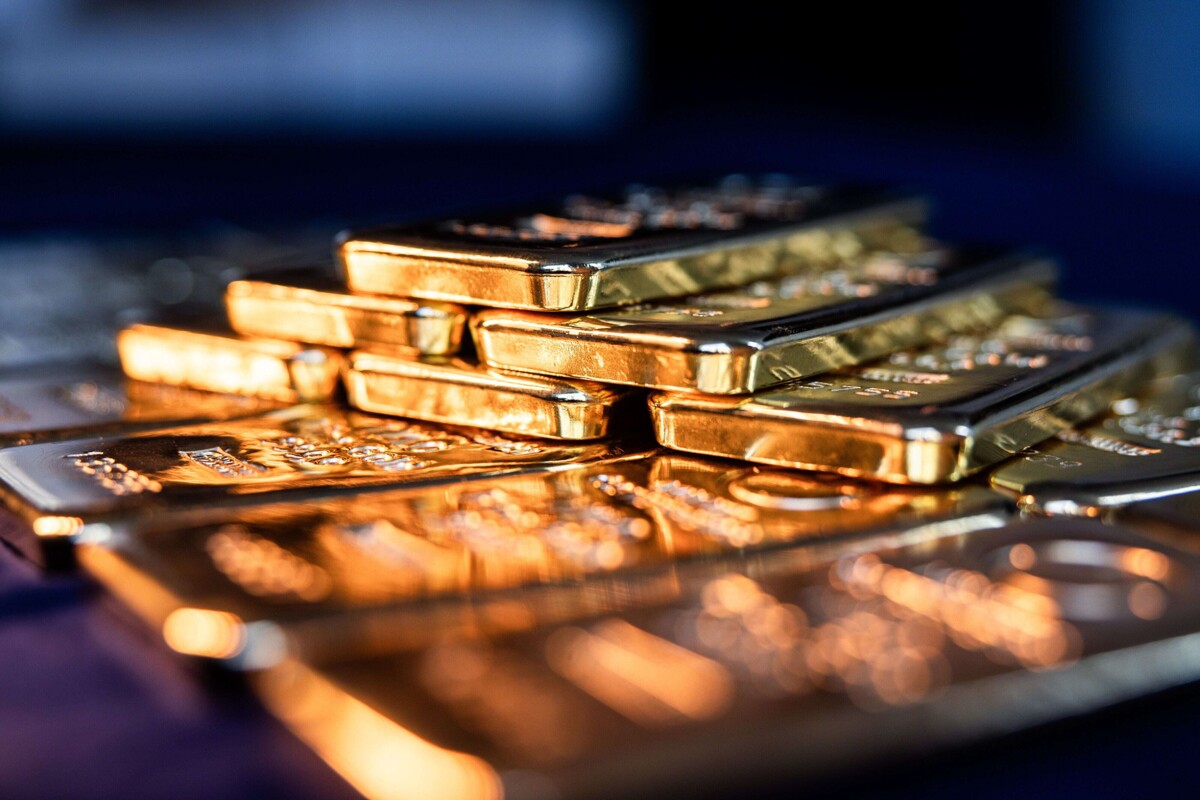
Silver rose by up to 1.9 percent, climbing for the third consecutive day. Demand for silver has outstripped supply for several years, and while there is a large amount of reserves on the surface, several market commentators have pointed to a potential shortage of availability in the London spot market, which is the dominant trading hub.
In recent months, around 100 million ounces of silver have arrived at U.S. exchange warehouses. Concerns about tariffs have created a lucrative premium for traders who have been able to ship the metal. Daniel Ghali, senior commodity strategist at TD Securities, recently noted in a report that the 'gigantic wave' of silver could push available silver in the London spot market below a critical threshold.
Spot silver rose 1.8 percent to $32.57 an ounce in New York. This increase is due to concerns about a trade war due to the imposition of tariffs, which has fueled safe-haven demand while the dollar has weakened. However, Commerce Secretary Howard Lutnick mentioned that Trump is considering changes to tariffs imposed on Canada and Mexico, which could bring relief to some sectors.
Unlike gold, a significant portion of silver demand comes from industrial applications. The Bloomberg Dollar Spot Index fell 0.9 percent, benefiting precious metals, making them more affordable for buyers in other currencies.
Traders are also watching how trade tariffs will affect the global economy. Trump warned of potential economic repercussions due to the tariffs while defending his economic policies.
Amid this uncertainty, gold and platinum advanced, while palladium fell. A dollar index touched its lowest level in about three months, as the euro strengthened with Germany's plan to increase spending and ease borrowing restrictions. Any uptick in inflation and the impact on global growth could strengthen the appeal of gold and silver as a store of value.
The United States has imposed a 25 percent tariff on most products from Canada and Mexico and has doubled tariffs on China to 20 percent.













